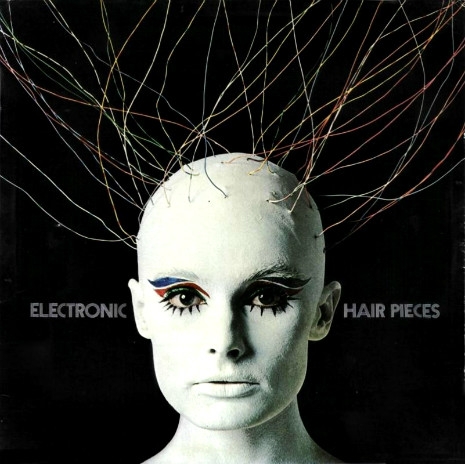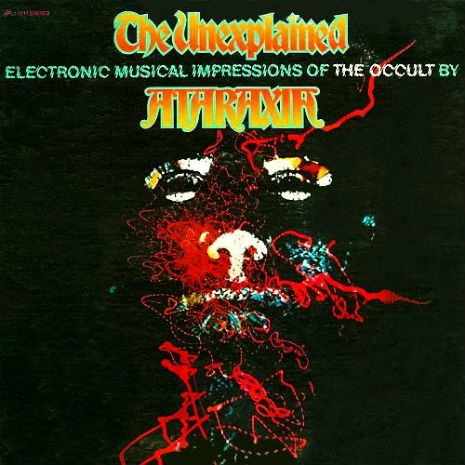
I’ve always been very partial to the whole genre of Moog music. Late 60s and early 70s Moog records sound like white molded plastic chairs look. Fifty years on and those albums still sound futuristic. And totally artificial. To my mind, the sound of analog synthesizers make the perfect soundtrack for one’s aesthetic life, or at least mine. No really, if I go into a record store that has a selection of vintage Moog and exotica albums, I’m drawn to that first. It’s not like there’s many Moog albums I don’t already have, but hope springs eternal that I will find a “Switched On” something or other that I didn’t know existed.
My Moog bonafides are deep. Given an opportunity to do a compilation via Sony 20 years ago, I pitched a CD titled Best of Moog and they went for it. (Sadly six of what I considered absolute must-have key tracks were denied. Wendy Carlos actually hung up on me when I requested her cover of “What’s New Pussycat?” and I also had to make do with nothing from Mike Melvoin’s The Plastic Cow Goes Moog and no Mort Garson either—I wanted his cover of “Hair”—which was a drag.)

Which brings me to the new Mort Garson compilation, Music From Patch Cord Productions, released by the Sacred Bones record label. It’s fantastic, highly enjoyable. If you are already a Mort Garson aficionado, this will thrill you, and if you are new to Garson’s uniquely idiosyncratic work, this collection of sci-fi movie themes, radio ads, robotic disco, a wonderfully kooky stab at aural erotica along with alt versions of numbers from Garson’s 1976 classic Mother Earth’s Plantasia, is a decent place to start. It has a nice flow and is sequenced well, as if by a skilled DJ. It finishes up with a stellar Moog rendition of the Frankie Valli hit, “Our Day Will Come,” which surprise, surprise, was actually composed by Garson himself. It comes in a handsome retro package perfectly suited to the music within.
Apparently the archive of Garson unheard music is vast. Here’s hoping for more volumes like Music From Patch Cord Productions. Sacred Bones have also re-released four of Garson’s highly sought-after albums, the movie soundtrack Didn’t You Hear?(1970), Lucifer’s Black Mass (1971), Ataraxia’s The Unexplained (1975) and a 2LP 45rpm audiophile edition of Garson’s legendary 1976 album Mother Earth’s Plantasia.







